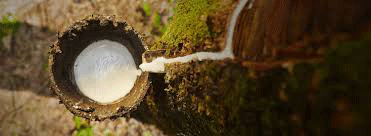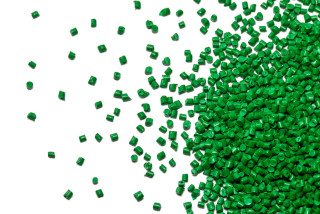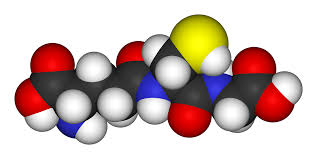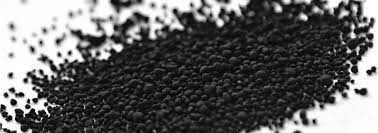Precautions of using rubber antioxidant correctly
Wire and cable will be subject to heat, oxygen, mechanical stress, light, high energy radiation and other factors in the usage, gradually aging, resulting in reduced product insulation properties. In order to extend the service life of wire and cable, cable manufacturers often use rubber antioxidant, but the protective effect of each antioxidant have limitations, and wire and cable and high temperature products in actual use, the reasons for aging are not the same , So how do we use rubber antioxidant correctly? Here to share with everyone.
1. Because of the different characteristics of each antioxidant, and different aging properties of different rubber formulations. Therefore, the most effective antioxidant for a certain rubber may be ineffective or even harmful to another rubber. Therefore, the silver-tin high temperature line of antioxidant selection must be in accordance with the aging properties of a variety of rubber, anti-aging requirements and characteristics of a variety of antioxidant considerations, a reasonable choice.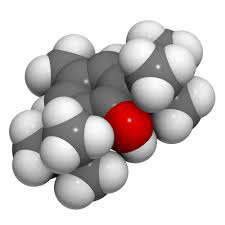
2. When an antioxidant is difficult to meet the requirements, should be used in combination with two or more antioxidant, so that it has a coordinating role to ensure anti-aging effect.
3. Some anti-aging agents have a coloring effect on rubber and pollution. In general, phenolic antioxidants provide poor protection but little or no contamination. The protective effect of higher amine antioxidants, will make eraser pollution, serious discoloration. These conflicts should be considered in selection.
4. Antioxidant dosage can not exceed the solubility in rubber to prevent blooming, polluting the rubber surface quality.
5. Amine antioxidant scorch rubber adverse effects; phenolic antioxidants can delay curing, should pay attention to the selection.

 English
English